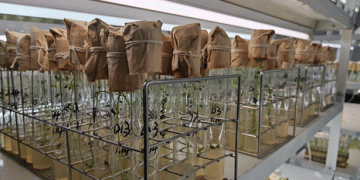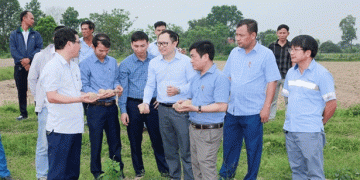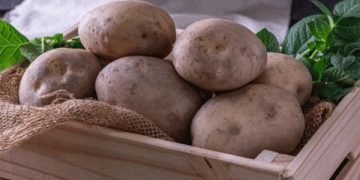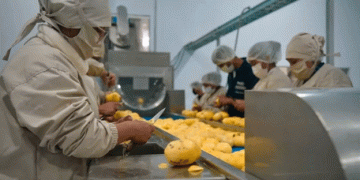Future field tests at the University of Idaho’s (U of I) Aberdeen Research and Extension Center could enable Eastern Idaho farmers who grow quinoa, a grain that fits well into potato crop rotation, to have the first access to herbicides.
Without any herbicides approved for quinoa, weeds can take over fields, making farmers reconsider growing it for profit and potato crop rotation.
For quinoa field experiments in 2023, the IR-4 Project of the U.S. Department of Agriculture (USDA) has granted around USD24,000 in funding. This project aids growers of specialty crops in addressing pest management issues.
“I’m always interested in looking at crops that have the potential to be grown with potatoes. The more crops we can get into a three-year rotation, anything like that helps break the cycle of diseases out there,” Pam Hutchinson, UI Extension potato cropping systems weed scientist said.
When the U.S. Environmental Protection Agency designated the previously unclassified crop as a grain in September 2022, the battle to obtain special-needs labels approved for quinoa herbicides advanced significantly.
The U.S. Food and Drug Administration would no longer require hundreds of thousands of dollars in chemical residue testing to register pesticide tolerances thanks to the EPA classification, which is based on how quinoa metabolizes pesticides rather than physiology. The categorization enables regulators to use information already gathered for other grains to inform residue determinations for particular chemicals.
The studies should produce more information of relevance to chemical producers while also reducing the number of herbicides that may be potentially effective.
A source: https://www.potatobusiness.com






